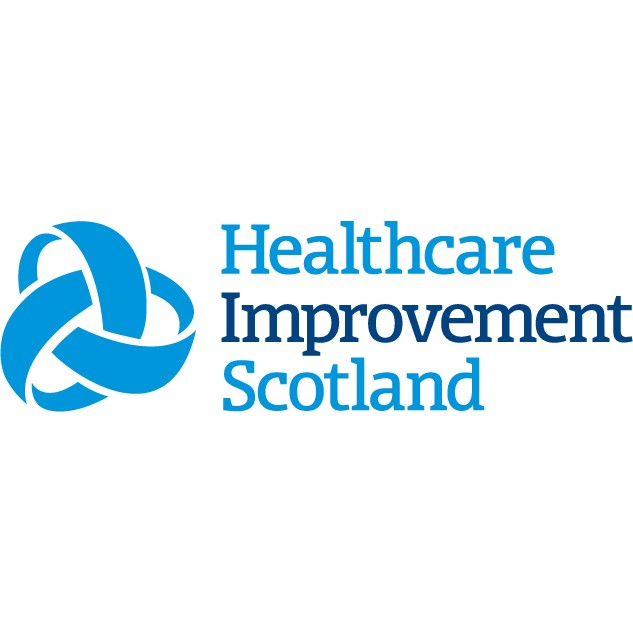Secondary driver: Resources, services and community assets which support prevention and empower people to self-manage
Change ideas
- Access to community based activity to improve physical and mental health e.g. walking and befriending
- Community link worker to signpost and navigate access to community support
- Timely access to screening and lifestyle modification groups e.g. nutrition and smoking cessation
- Access to housing advice and support
Secondary driver: Proactive person-centred care planning, management and end of life care
Change ideas
- Ensuring individuals have a recently updated Key Information Summary
- Anticipatory Care Planning included in person centered care planning and review at transitions of care
- Teams use a recognised tool to support people to set and achieve personal goals
- Process for shared decision making with individual, family, carers and MDT, including at the end of life
Secondary driver: Timely and equitable access to clearly defined care pathways
Change ideas
- Pathways to enable direct admission to frailty specific clinical areas from the community
- Development of pathways which prevent hospital admission
- Development of pathways which promote hospital discharge within 48 hours
- Creation and promotion of local map of services and community assets
Secondary driver: Effective care coordination to improve experience of care
Change ideas
- Single access point to health and social care services for people living with frailty
- Process to support transitions between teams and services
- Use of integrated multidisciplinary and multi-agency team huddles
- Process to share information between teams and services
Secondary driver: Health and social care services are responsive to changes in an individual’s level of frailty
Change ideas
- Use of reliable tools to recognise deterioration in health to prompt holistic assessment
- Services designed to enable self-referral as circumstances change
- Development of workforce and work patterns to enable responsive support
- Process in place for regular case reviews
Resources to support the delivery of these change ideas
